Throughout history, cats have woven themselves into the tapestry of human life, becoming cherished companions for many. Yet, anyone who has spent time with different cats knows that not all felines are created equal in terms of emotional expression. Some cats seem to wear their hearts on their sleeves—or paws—while others remain enigmatic and aloof. This emotional complexity can be as baffling as it is fascinating, prompting many to wonder: why are some cats more emotionally intricate than others?
The Influence of Genetics
Genetics play a significant role in shaping a cat’s emotional landscape. Just as humans inherit traits from their parents, cats are no different. Certain breeds, like the Siamese, are known for their vocal and expressive nature, often seeking interaction with their human counterparts. On the other hand, breeds like the Russian Blue might be more reserved and cautious. This genetic predisposition can set the stage for a cat’s emotional range, though it’s not the only factor at play. It’s much like how some people are naturally extroverted, while others are introverted.
Early Socialization and Experiences
A cat’s early experiences can deeply influence its emotional development. Kittens that are exposed to positive human interaction and varied environments tend to be more adaptable and open to emotional expression. Conversely, those that face neglect or trauma might become more withdrawn. Imagine a child who grows up in a nurturing household compared to one who faces constant adversity; their emotional responses to the world around them would naturally differ. Similarly, cats that have been well-socialized often display a richer emotional tapestry.
Environmental Factors
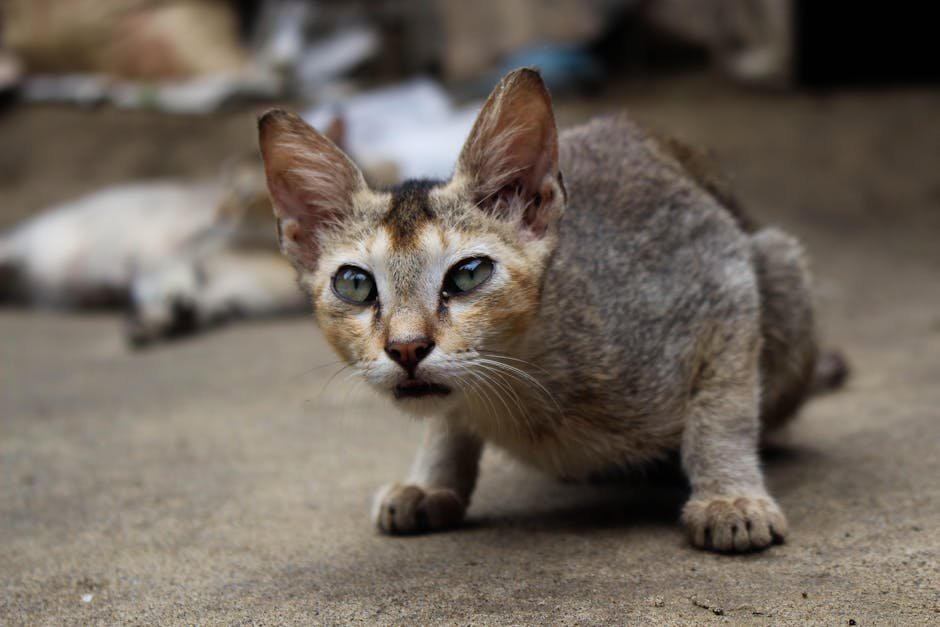
The environment a cat lives in can significantly impact its emotional behavior. A stimulating environment with toys, climbing structures, and interaction can lead to a more emotionally engaged cat. In contrast, an unstimulating environment might result in a more lethargic and less expressive feline. It’s akin to a person who thrives in a lively city versus one who feels stifled in a monotonous setting. Cats, like humans, need a dynamic environment to explore and express their emotions fully.
Individual Personality Traits
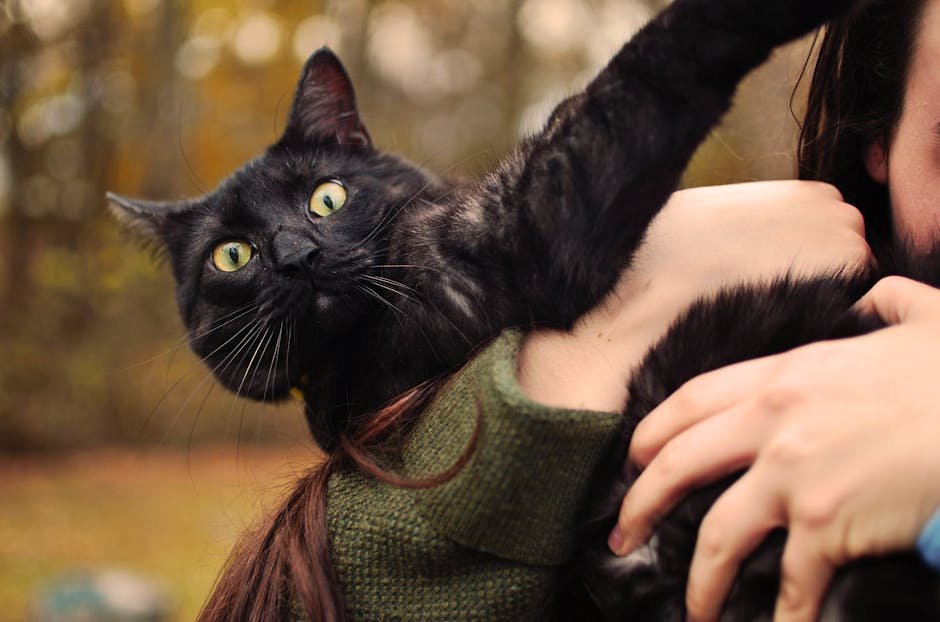
Just as no two humans are alike, each cat has its unique personality. Some cats are naturally more curious, adventurous, and emotionally expressive, while others might be more reserved and independent. This individuality is a testament to the rich diversity found within the feline world. Think of it as the difference between a person who loves to socialize at parties and another who enjoys quiet nights with a book. Both are valid, but their emotional expressions differ.
Health and Well-being
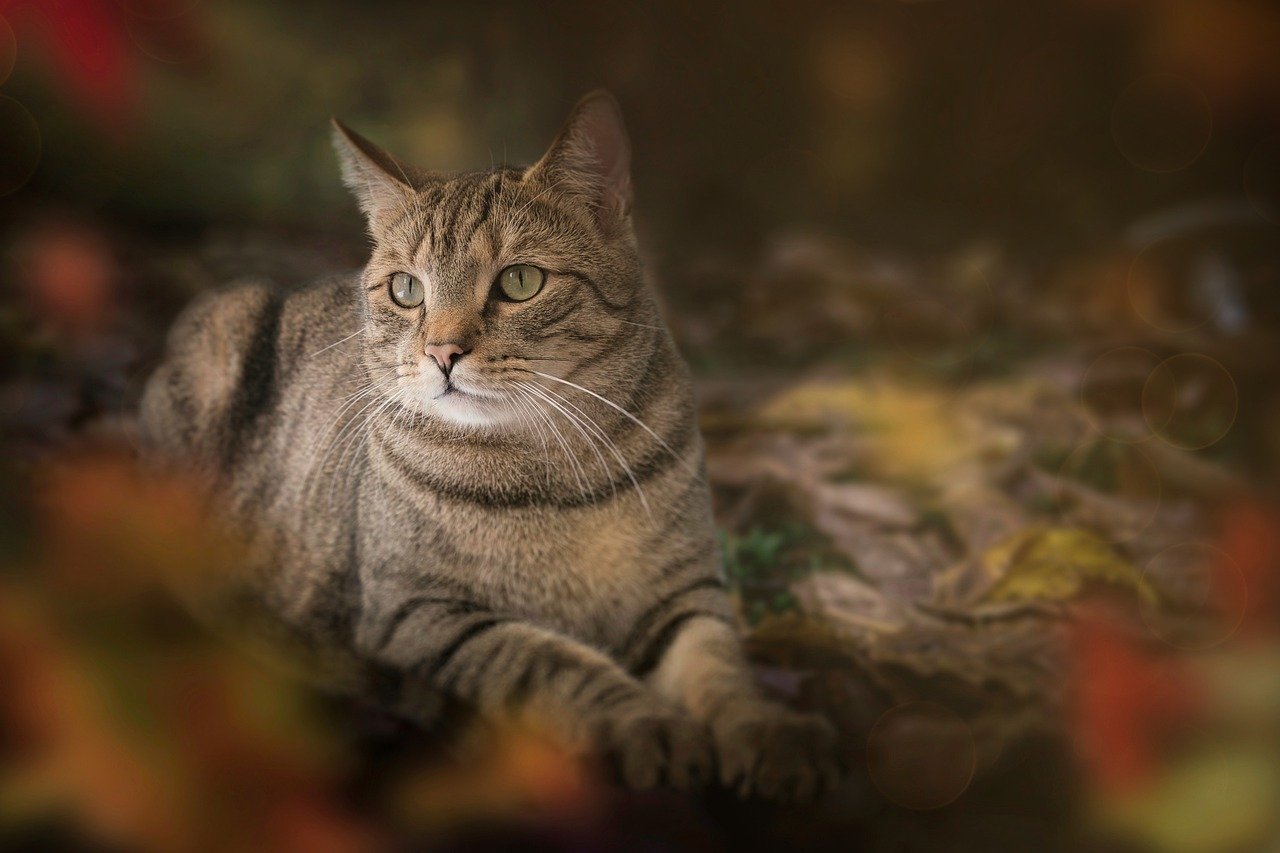
A cat’s physical health can greatly influence its emotional state. A healthy cat is more likely to be playful and expressive, while one that is ill or in pain may become withdrawn or irritable. Regular veterinary check-ups and a balanced diet are crucial to maintaining a cat’s health, just as regular medical care is for humans. When a cat feels well, it is more likely to engage with its environment and express a wider range of emotions.
The Role of Human Interaction
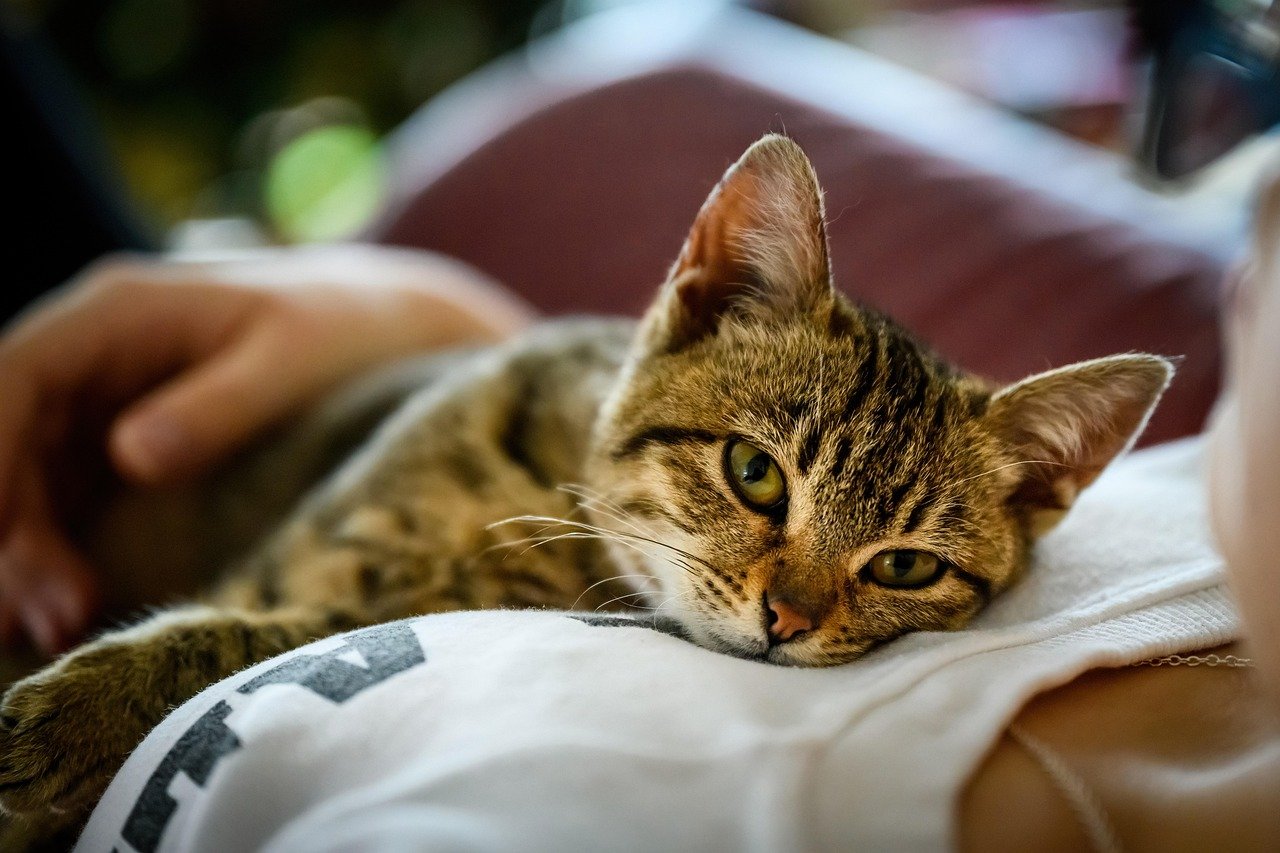
The bond between a cat and its human can shape its emotional complexity. Cats that receive consistent attention, affection, and understanding from their owners are more likely to be emotionally expressive. This bond can be likened to a close friendship, where trust and mutual respect enable deeper emotional connections. Conversely, cats that experience inconsistent or negative interactions may become more guarded in their emotional expression.
Past Trauma or Negative Experiences
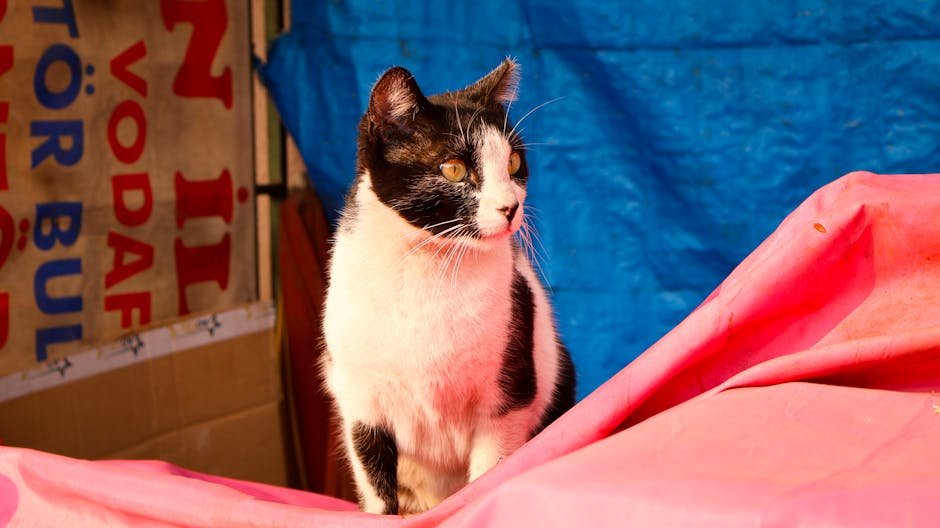
Trauma or negative experiences can leave lasting imprints on a cat’s emotional behavior. Cats that have faced abuse, abandonment, or other traumatic events may develop complex emotional responses as a defense mechanism. This is similar to how humans might develop coping strategies after facing adversity. Understanding and patience are key in helping such cats navigate their emotional worlds and learn to trust again.
Age and Emotional Development
A cat’s age can also influence its emotional complexity. Kittens are typically more playful and curious, while older cats might become more reserved and set in their ways. This progression mirrors human development, where children are more open and expressive, and adults might become more selective in their emotional displays. The wisdom and experience that come with age can add layers to a cat’s emotional tapestry.
Intelligence and Emotional Depth
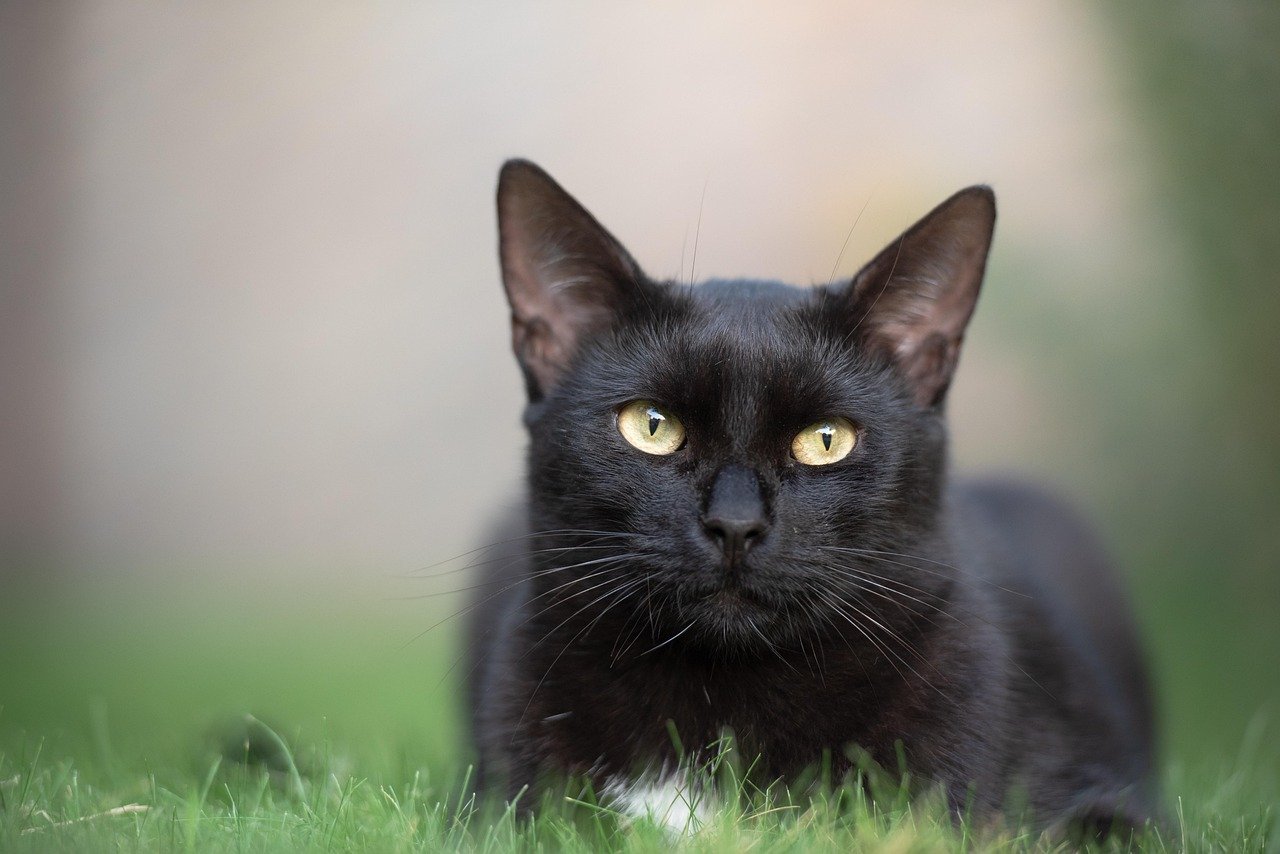
Some cats are simply more intelligent than others, and with intelligence often comes greater emotional depth. These cats might be more attuned to their surroundings and more responsive to emotional cues from their humans. It’s similar to how some people have a natural aptitude for understanding and expressing emotions. Intelligent cats might engage in more complex behaviors, showcasing a broader emotional spectrum.
Instinctual and Evolutionary Factors
Finally, it’s essential to consider the instinctual and evolutionary factors that have shaped cats over millennia. As solitary hunters, cats have evolved to be independent and cautious, traits that can influence their emotional expressions. However, domestication has also introduced new dynamics, leading to a fascinating blend of instinctual behaviors and learned emotional responses. This evolutionary history adds another layer to the emotional complexity of our feline friends.
Understanding why some cats are more emotionally complex than others involves looking at a tapestry woven from genetics, environment, individual personality, and past experiences. Each cat is a unique blend of these factors, making the world of feline emotions as diverse and intriguing as the cats themselves.

Growing up traveling and experiencing new cultures and wonders, I have had a passion for nature, adventuring, photography, and videography. I am currently working towards a BSc in Biodiversity and Ecology at Stellenbosch University, and I hope to specialise in Marine Sciences one day.
Please send any feedback to Feedback@animalsaroundtheglobe.com






